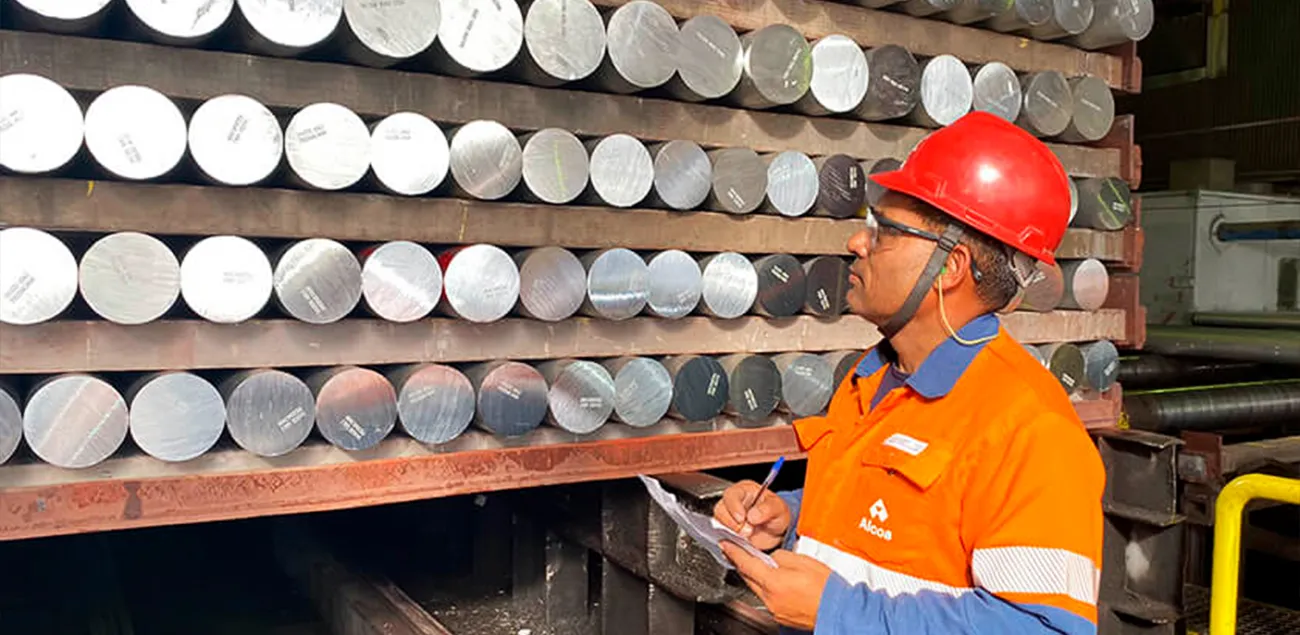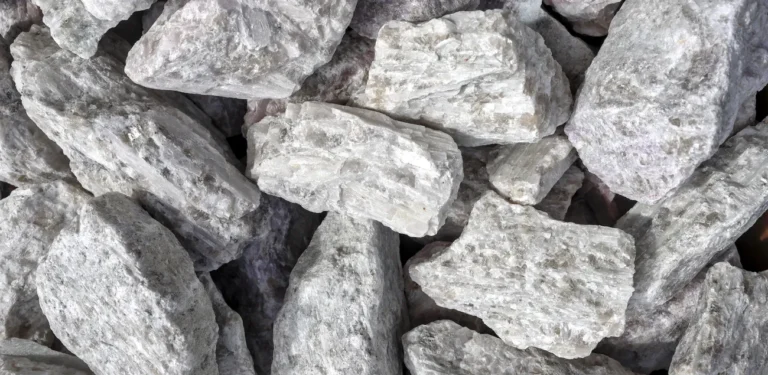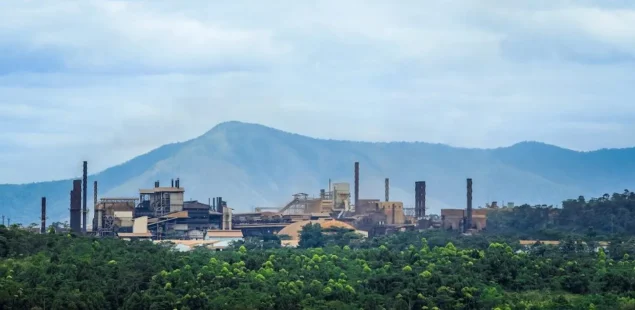
Alcoa turned a nimble rerouting strategy into hard cash last quarter. The Pittsburgh-based aluminium maker posted net income of $164 million, or $0.62 per share, up from just $20 million a year earlier, after steering Canadian metal away from the United States once Washington doubled Section 232 duties to 50 percent. Adjusted earnings landed at $0.39 a share, comfortably ahead of Wall Street’s $0.32 call, while revenue inched 4 percent higher to $3.02 billion.
Tariff Costs Offset by Supply Re-routing
The levy still hurt: Alcoa booked $115 million in tariff expense for April-to-June, reflecting rates lifted to 25 percent in March and again to 50 percent on 4 June. Even so, management blunted the impact by diverting Canadian shipments to Asia and Europe, where spot premiums have proved more attractive. Looking to the current quarter, the company expects tariff outlays to dip to roughly $90 million—provided the new trade lanes hold.
Operations: Alumina Stumbles, Aluminium Gains
On the production side, alumina output fell 7 percent year on year to 2.35 million tonnes as maintenance work and lower-grade bauxite crimped refinery utilisation. Primary aluminium told a different story: volumes rose 5 percent to 572,000 tonnes thanks to efficiency tweaks at Warrick, Indiana, and the steady ramp-up of a low-carbon casthouse in Mosjøen, Norway. Alcoa still sees full-year alumina at 9.5-9.7 million tonnes and metal at 2.3-2.5 million tonnes, though it has pared expected shipments to 2.5-2.6 million tonnes in light of softer North-American demand.
Market Reaction and Outlook
Shares ticked 0.4 percent higher in after-hours trade but remain 24 percent below their January perch. Investors appear reassured that management is protecting margins despite higher tariffs and a softer price deck—London Metal Exchange cash aluminium averaged $2,570 a tonne last week, 7 percent above a year ago but still 34 percent shy of the 2022 peak. Bank of America kept its “buy” call, arguing a tightening ex-China market and fresh U.S. infrastructure spending should lift Midwest premiums through 2026.
Company Background and Market Context
Alcoa runs 17 refineries, smelters and rolling mills across four continents and ended 2024 with net debt of $925 million, a modest 0.6 times EBITDA. Roughly a quarter of its metal goes into U.S. packaging, with another 40 percent headed for automotive and aerospace customers. Historically, Canadian smelters—powered by hydropower—supplied about three-quarters of the 723,000 tonnes shipped into the U.S. during the first half. Those volumes are now being rerouted to skirt the tariff.
Aluminium underpins lightweight transport, packaging and the broader energy transition. Global demand grew 3.4 percent to 73 million tonnes in 2024, and analysts project a modest surplus this year as Chinese capacity returns. Pricing remains highly sensitive to energy costs and trade policy, with Washington’s latest tariff hike widening regional premium gaps.



